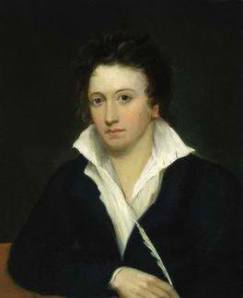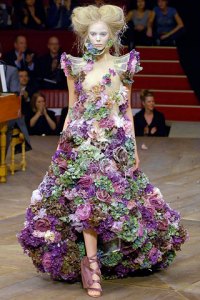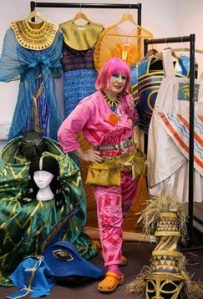Marching to the Beat of a Drum on His Face: An Interview with Jon Brumit, Public Artist
by Kathy Leisen
“Probably the best thing is designing some kind of scenario where everything seems clear or engaging or fun enough for strangers to engage with me, and then to have the space and the time unfold into something else – something unexpected.” Jon Brumit speaks on public performing…while wearing a drum on his face.
Join Kathy Leisen as she opens our next issue of The Muse Dialogue with her piece: “Marching to the Beat of a Drum on His Face: An Interview with Jon Brumit, Public Artist.” [click here]
















